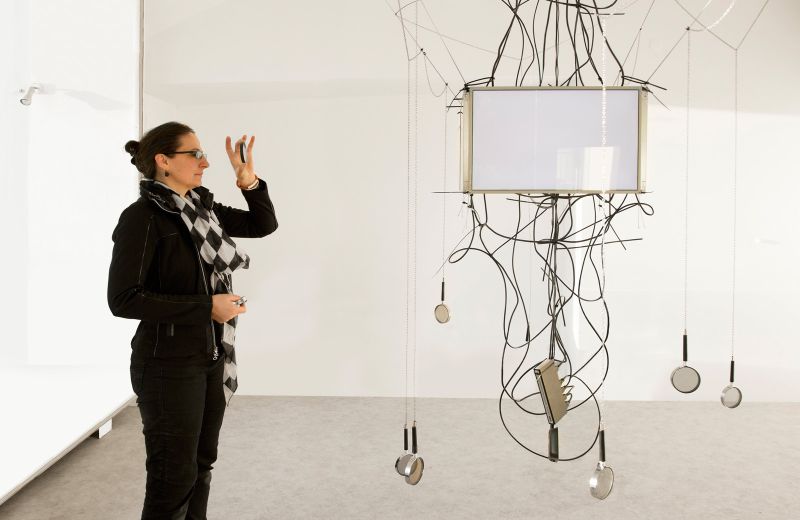Karina Smigla-Bobinski – “I am talking about a complex world.”
Mediathek Sorted
-
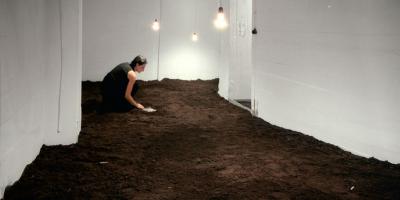
-
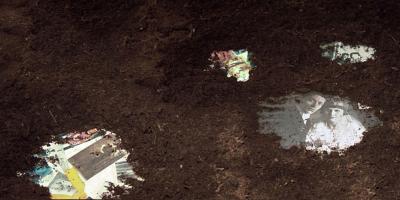
-
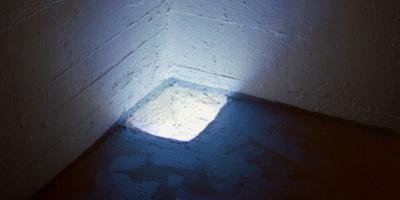
-
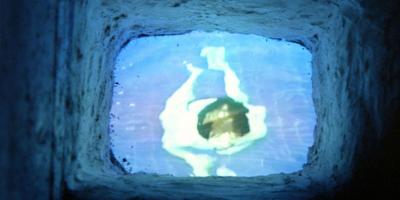
-

-
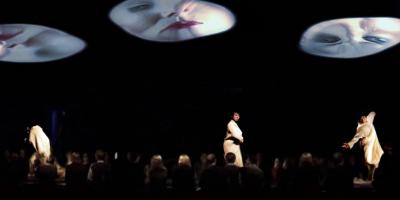
-
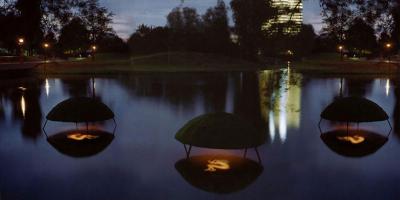
-
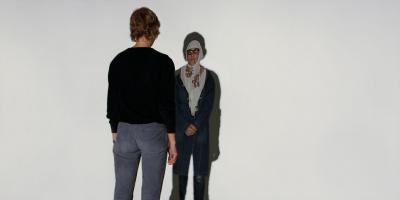
-
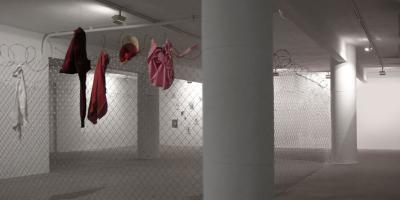
-
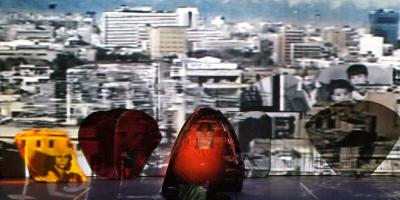
-
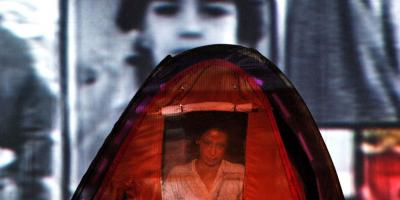
-
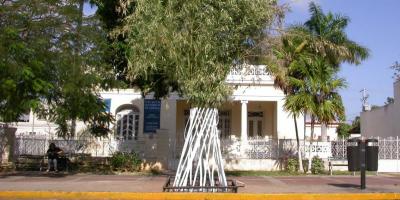
-
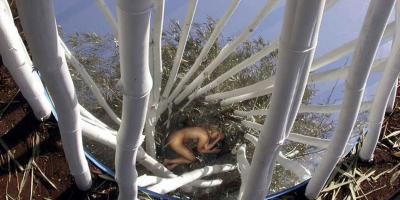
-
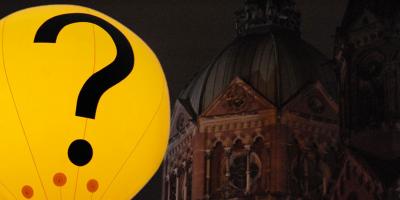
-
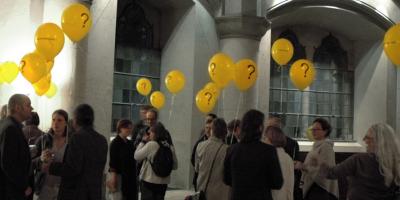
-
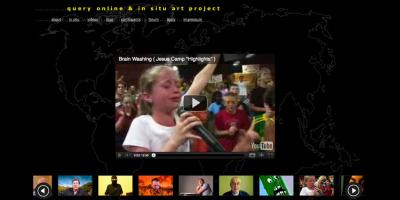
-
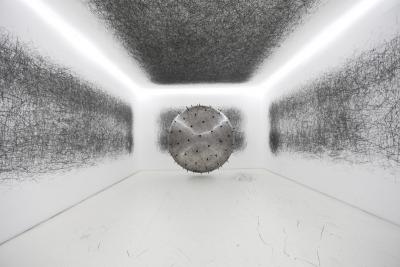
-
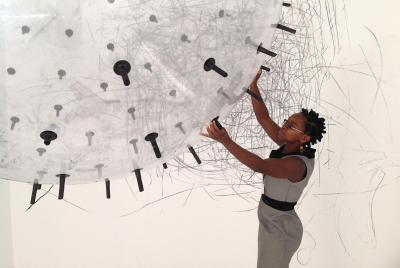
-
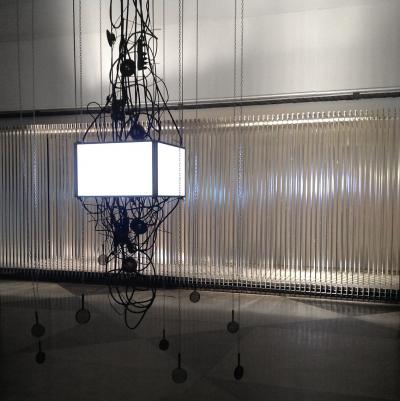
-
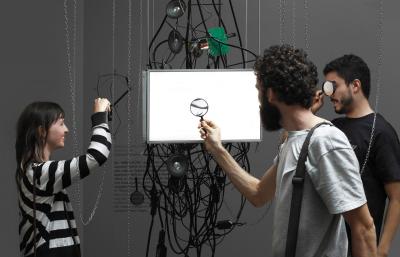
-
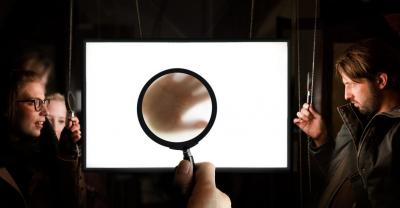
-
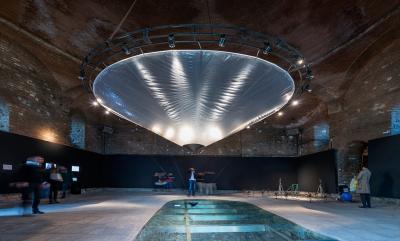
-
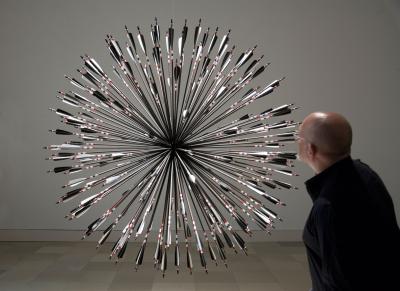
-
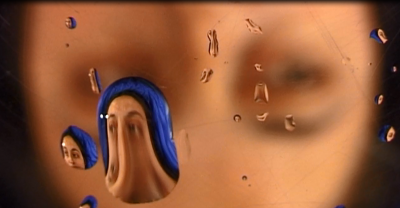
ROUTEN, 2002
-
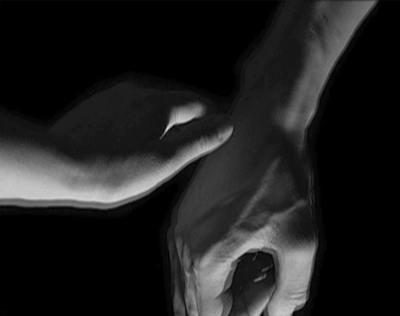
DREAM JOURNEY, 2002
-
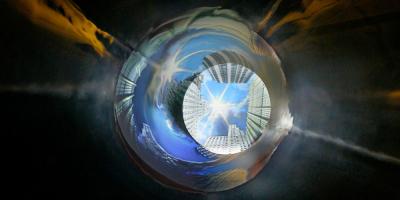
WORMHOLE, 2008
-
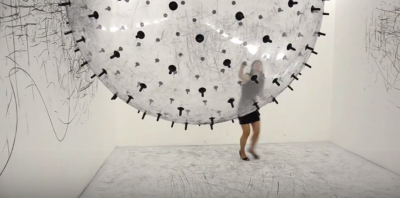
ADA, 2011

Karina Smigla-Bobinski demonstrated her sense for dramatic and controversial developments once again in her multipart art project QUERY (2009, ill. 10a-c) presented around St Luke’s Church in Munich. The project asked critical questions about the meaning of religions and their place in our lives […] Do we really still need places of worship like churches, mosques and temples?” The installation of a balloon with a printed question mark orientated on the form and colours of markings on Google Maps simultaneously put the church on the worldwide net and questioned its validity. An internet project offered users the opportunity to go online to express their own standpoints with regard to the questions put. QUERY thematised the split between people’s religious attitudes and global management and the role of the internet as an information platform that has been dictating the attitudes of the world for many years now. Karina Smigla-Bobinski is of the opinion that the fierce (and ever increasing) religious conflicts between Moslems, Jews and Christians completely contradict the globalisation on the World Wide Web that challenges the right of religions to rule the world. In 2008 she showed another work dealing with globalisation at the Biennale in Busan. The video installation, entitled WORMHOLE (Video), showed two places at opposite ends of the Earth (Busan and New York) by means of a fictional direct visual link through a hole in the ground. Here people beneath the skyscrapers and skies above New York could peer through a wormhole down onto Busan. Thus modern technology was able to bring the world closer together.
The artist’s current works are closely linked to the development and understanding of state-of-the art technologies. In 2011 she created ADA (ill. 11a, b, Video), a writing machine in a white room consisting of a spherical outer skin filled with helium with pieces of charcoal on the outside. Visitors were asked to hit them, upon which they began to make quasi-spontaneous drawings on the ground, ceiling and walls. The work can still be seen in exhibitions and art festivals around the world. ADA is a reference to Ada Lovelace (1815-1852), a British mathematician and the daughter of Lord Byron, who laid down the basis for a mechanical computers to produce works of art. Thus it was also intended to work independently and develop something like its own personality. At the same time visitors were encouraged to involve themselves in an interaction: not simply to observe the work of art but also to intervene in the production process. The machine was dependent on how violently it was moved, but could only be controlled to a certain extent. The resulting drawings resembled nanostructures configured by nanoswitches in state-of-the art computer processors, that are also responsible for links in the human brain.
Karina Smigla-Bobinski’s “bridge between media technology and the psychology of perception” (Thomas Huber, 2014) was clear in her experimental setting SIMULACRA (ill. 12a-c), that was shown for the first time in 2013 in the Museum of Transitory Art (MoTA) in Ljubljana. A cube made up of four white LCD screens with visible cables and control units initially seems like a conspicuous source of light. But with the help of visitors it can be brought to life with the help of magnifying glasses. These contain polarisation foils that have been previously removed from the screens, and which reveal the film running on the video screens once more. The body parts, hair and touching hands and feet seen on the film on the inside of the screen suggest that human beings are inside the apparatus. The general public is not only encouraged to try out new ways of seeing, for turning the magnifying glasses in different ways results in ever-changing optical effects. On the basis of debates that have been conducted since the 1980s on the flood of images in contemporary life, the apparatus also helps us to realise that, in an age of globally mediated electronic images, our image of reality is not created within machines but inside our heads. This is also similarly applicable to auditory experiences, as was shown in the same year by Karina Smigla-Bobinski in her sound installation CONE (ill. 13) beneath the cupola of the historic Tophane-i Amire Culture and Arts Centre in Istanbul. Water that seems to be dripping continuously into the building through an opening in the vault is in reality coming from a loudspeaker over the film cone installed in the space above.

















































































